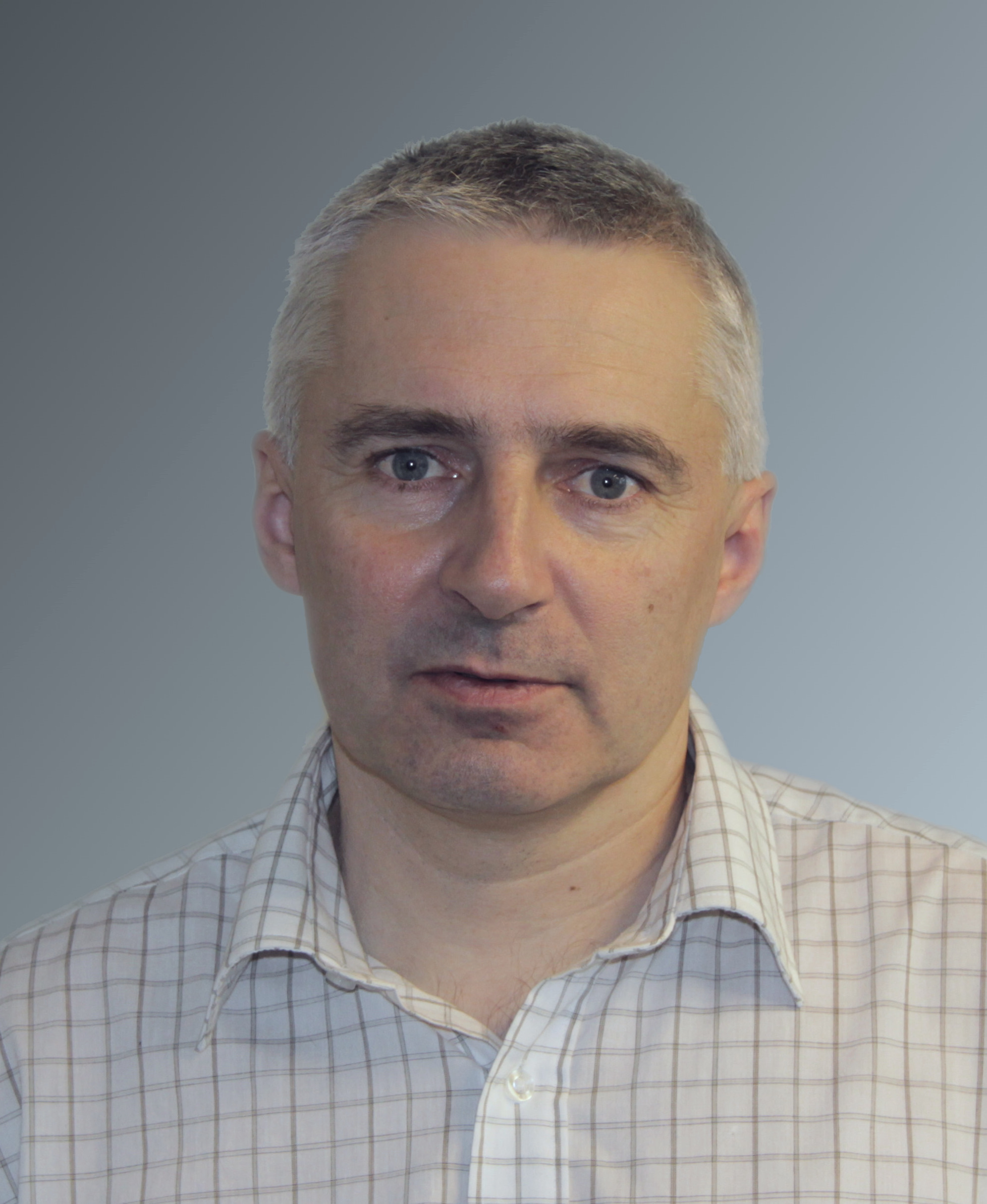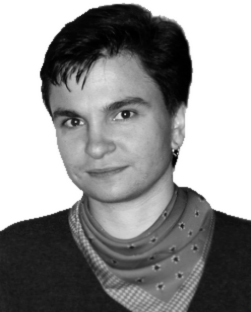The Eleventh IASTED International Conference on
Computer Graphics and Imaging
CGIM 2010
February 17 – 19, 2010
Innsbruck, Austria
TUTORIAL SESSION
Image Fusion - Principles, Methods, and Applications
Duration
3-4 hours
Abstract
This tutorial aims to present a review of recent as well as traditional image fusion methods of various kinds with special emphasis on fusion for restoration and superresolution purposes. The reviewed approaches are classified according to the type of the input images and according to the fusion purpose. Main contributions, advantages and drawbacks of the methods will be discussed in the tutorial. Many practical examples from various application areas (surveillance, medical imaging, remote sensing, robot vision, and astronomy) will be demonstrated. Problematic issues of image fusion and outlook for the future research will be discussed too.The major goals of the tutorial are
- To provide a comprehensive reference source for researchers involved in image fusion, regard-less of particular application areas (a supplementary written material containing about 300 references will be at participants' disposal);
- To present recent development in the field, particularly in superresolution imaging via fusion.
Objectives
The term Image Fusion (IF) means in general an approach to extraction of information spontaneously adopted in several domains. The goal of image fusion is to integrate complementary multisensor, multitemporal and/or multiview information into one new image containing information the quality of which cannot be achieved otherwise. The term "quality" depends on the application requirements.Image fusion has been used in many application areas. In remote sensing and in astronomy, multisensor fusion is used to achieve high spatial and spectral resolution by combining images from two sensors, one of which has high spatial resolution and the other one high spectral resolution. Numerous fusion applications have appeared in medical imaging, like simultaneous evaluation of CT (computer tomography), NMR (nuclear magnetic resonance) and/or PET (positron emission tomography) images to obtain more complete information about the patient, and in military applications (combining visible and infrared or radar data for target localization and missile navigation). In the case of multiview fusion, a set of images of the same scene taken by the same sensor but from different viewpoints is fused to obtain an image with higher resolution than the sensor normally provides or to recover the 3D representation of the scene (shape from stereo). The multitemporal approach recognizes two different aims. Images of the same scene are acquired at different time instances either to find and evaluate changes in the scene or to obtain a less degraded image of the scene. The former aim is common in medical imaging, especially in change detection of organs and tumors, and in remote sensing for monitoring land or forest exploitation. The acquisition period is usually months or years. The latter aim requires the different measurements to be much closer to each other, typically in the scale of seconds, and possibly under different conditions. Recent development of the field has proved that IF can be also a useful tool for resolution enhancement.
The list of applications mentioned above illustrates the diversity of problems we face when fusing images. It is impossible to design a universal method applicable to all image fusion tasks. Every method should take into account not only the fusion purpose and the characteristics of individual sensors, but also particular imaging conditions, imaging geometry, noise corruption, required accuracy and application-dependent data properties.
Tutorial Materials
In this tutorial, we categorize the IF methods according to the data entering the fusion and according to the fusion purpose. We distinguish the following categories.- Multiview fusion of images from the same modality and taken at the same time but from different viewpoints.
- Multimodal fusion of images coming from different sensors (visible and infrared or CT and NMR).
- Multifocus fusion of images of 3D scene taken repeatedly with various focal length.
- High res - Low res fusion of two images where the first one has high spectral but low spatial resolution and vice versa.
- Multitemporal fusion of images taken at different times in order to detect changes between them.
- Fusion for image restoration. Fusion two or more images of the same scene and modality, each of them blurred and noisy, may lead to a deblurred and denoised image. Multichannel deconvolution is a typical representative of this category.
- Superresolution fusion of two or more images of the same scene and modality, all having low spatial resolution, may provide us a high-resolution image.
- Fusion for synthesis. By fusing two or more real images it is possible to create artificial images of objects which never existed or realistic images of objects which exist but were not photographed in a desired time/stage.
In each category, fusion consists of two basic steps: image registration, which brings the input images to spatial alignment, and combining the image functions (intensities, colors, etc). We present a survey of traditional and up-to-date fusion methods and demonstrate their performance by practical experiments from various application areas.
Special attention is paid to Fusion for image restoration and to Superresolution fusion, because these two groups are extremely important for producers and users of low-resolution imaging devices such as mobile phones, camcorders, web cameras, and security and surveillance cameras.
We propose a unifying system that simultaneously estimates blurs and recovers the original undistorted image, all in high resolution, without any prior knowledge of the blurs and original image. We accomplish this by formulating the problem as constrained least squares energy minimization with appropriate regularization terms, which guarantee close-to-perfect solution.
We demonstrate the performance of the superresolution fusion on many examples, namely on car license plate recognition and face recognition. Live demo showing the fusion of webcam images will run on a laptop during the tutorial.
An example of superresolution fusion: one of four input low-resolution images (left), high-resolution fused product (right)
Target Audience
The target audiences of the tutorial are researchers from all application areas who need to integrate and fuse image data of various kind as well as the specialists in image fusion interested in a new development of this field.Presenters
- Prof. Jan Flusser – Institute of Information Theory and Automation, Czech Republic
- Dr. Filip Sroubek – Institute of Information Theory and Automation, Czech Republic
- Dr. Barbara Zitova – Institute of Information Theory & Automation, Czech Republic
Qualifications of the Instructor(s)s
Jan Flusser, Barbara Zitova, and Filip Sroubek are the co-authors of numerous tutorials at international conferences (ICIP'05, ICIP'07, EUSIPCO'07, SCIA'09, SPPRA'09, ICIP'09). Jan Flusser is an author/co-author of several invited and keynote talks at international conferences (Digital Image Computing DICTA'07, Computational Statistics COMPSTAT'06, Workshop of Information Optics WIO'06, NATO ASI Workshop on Imaging for detection and localization 06, Int'l. Conf. Computer Science ICCS'06, to name the most recent ones).
Dr. Jan Flusser received the M.Sc. Degree in mathematical engineering from the Czech Technical University, Prague, Czech Republic in 1985 and the Ph.D. degree in computer science from the Czechoslovak Academy of Sciences in 1990. Since 1985 he has been with the Institute of Information Theory and Automation, Academy of Sciences of the Czech Republic, Prague. Since 1995 he has been holding the position of a head of Department of Image Processing. Since 1991 he has been also affiliated with the Faculty of Mathematics and Physics, Charles University, Prague and with the Czech Technical University, Prague (full professorship in 2004), where he gives undergraduate and graduate courses on Digital Image Processing and Pattern Recognition. Jointly with B. Zitova he gives specialized graduate course on moment invariants and wavelets.
Jan Flusser has a 20-years experience in basic and applied research on the field of invariant-based pattern recognition. He has been involved in applications in remote sensing, medicine, and astronomy.
He has authored and coauthored more than 100 research publications in these areas. Some of his journal papers became classical and are frequently cited. Jan Flusser is a Senior Member of the IEEE.
Dr. Filip Sroubek received the M.Sc. degree in computer science from the Czech Technical University, Prague, Czech Republic in 1998 and the Ph.D. degree in computer science from the Charles University, Prague, Czech Republic in 2003. From 2004 to 2006, he was on a postdoctoral position in the Instituto de Optica, CSIC, Madrid, Spain. He is currently with the Institute of Information Theory and Automation and partially also with the Institute of Radio Engineering and Electronics, both part of the Academy of Sciences of the Czech Republic, Prague.
Filip Sroubek is an author of two book chapters and over 25 journal and conference papers on image fusion, blind deconvolution, super-resolution, and related topics.

Dr. Barbara Zitova received the M.Sc. degree in computer science from the Charles University, Prague, Czech Republic in 1995 and the Ph.D. degree in computer science from the Charles University, Prague, Czech Republic in 2000. Since 1995 she has been with the Institute of Information Theory and Automation, Academy of Sciences of the Czech Republic, Prague. She also gives tutorials on Image Processing and Pattern Recognition at the Czech Technical University. Jointly with J. Flusser, she gives specialized graduate course on moment invariants and wavelets.
Barbara Zitova has a 10-years experience in image analysis. She is an author of a book chapter in Invariants for Pattern Recognition and Classification (M.A. Rodrigues ed., World Scientific, 2000) and of 20 journal and conference papers on moment invariants and related topics. Her paper "Image Registration Methods: A Survey", Image and Vision Computing, vol. 21, pp. 977-1000, 2003, has become a major reference in image registration.
















